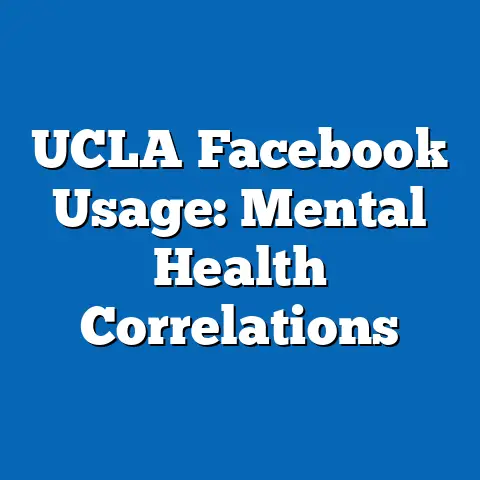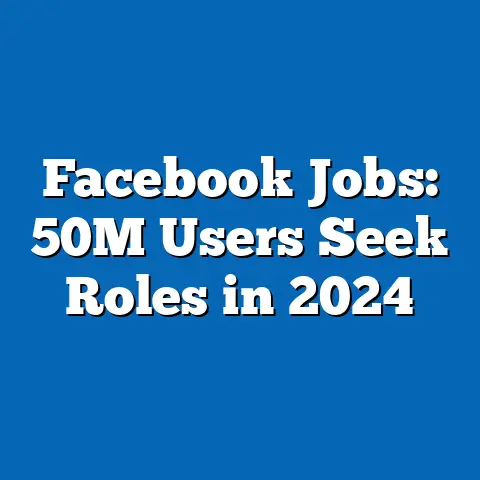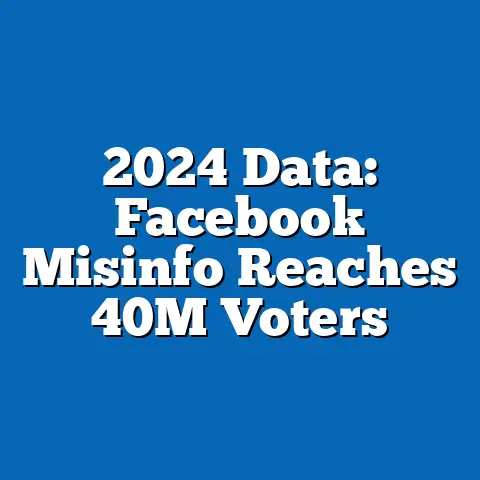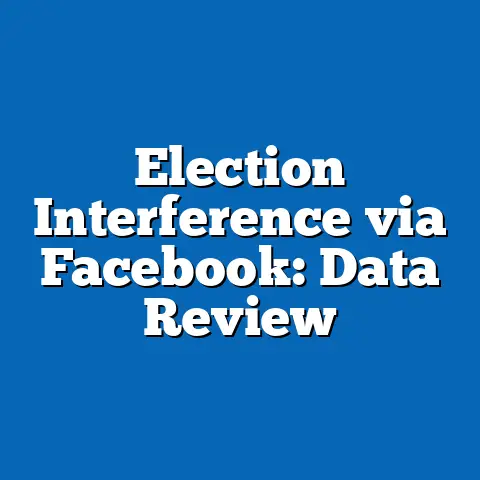Facebook Usage Patterns and Depression Rates
The Frustration Over Facebook: Social Media’s Role in Rising Depression Rates
The frustration surrounding Facebook usage stems from its dual role as a connective tool and a potential contributor to mental health challenges. For instance, many users report feeling overwhelmed by curated “highlight reels” of others’ lives, which can amplify feelings of inadequacy and isolation. According to a 2021 Pew Research Center survey, 71% of U.S. adults on Facebook expressed frustration with how the platform affects their mental well-being, citing issues like comparison and cyberbullying.
This concern is backed by alarming statistics: a meta-analysis published in the Journal of Medical Internet Research in 2022 found that heavy Facebook users (defined as those spending over 2 hours daily) are 2.7 times more likely to experience symptoms of depression compared to light users. Demographically, young adults aged 18-29 are most affected, with data from the WHO’s 2023 World Mental Health Report indicating that this group has seen a 44% increase in reported depression rates since 2015, partly linked to social media habits.
Trends show a steady rise in both platform engagement and mental health issues over the past decade. For example, Facebook’s parent company, Meta, reported in its 2022 transparency report that daily active users globally reached 2.91 billion, up from 1.49 billion in 2012, while the National Institute of Mental Health (NIMH) noted a parallel 25% increase in depression diagnoses among adolescents. This intersection highlights a broader societal frustration: despite the platform’s benefits for social connection, its design may exacerbate psychological risks, particularly for vulnerable demographics like women and minorities, who face higher rates of online harassment.
Overview of Facebook Usage Patterns
Facebook has evolved from a simple social networking site to a dominant platform influencing daily life and mental health. Globally, as of 2023, approximately 2.9 billion people use Facebook monthly, according to Statista data compiled from Meta’s reports. This equates to about 37% of the world’s population, with usage patterns varying by region and age group.
A key trend is the shift toward passive consumption, where users scroll through feeds without interacting. Pew Research Center’s 2021 survey revealed that 61% of users spend more time viewing content than posting, which correlates with higher stress levels.
Demographically, usage is highest among adults aged 30-49, with 79% penetration in this group in the U.S., per Pew’s data. In contrast, teenagers (13-17) show declining usage, dropping from 71% in 2015 to 51% in 2023, as reported by Common Sense Media, possibly due to competition from platforms like TikTok.
Globally, developing regions like Africa and Asia see rapid growth, with India’s user base exceeding 350 million in 2023, per Statista, often driven by mobile access. This pattern underscores how socioeconomic factors influence usage, with lower-income users relying on free features for social support.
Depression Rates: A Global and Historical Perspective
Depression rates have risen steadily worldwide, prompting concerns about external factors like social media. The WHO estimates that over 280 million people globally suffered from depression in 2023, a 25% increase from 2010 levels, as outlined in their World Mental Health Atlas. In the U.S., the NIMH reported that 21% of adults experienced at least one major depressive episode in 2022, up from 6.9% in 2005.
Historically, depression trends were linked to economic stressors, but recent data shows a correlation with digital habits. A 2019 study in the American Journal of Preventive Medicine analyzed data from 2005-2017 and found that as social media adoption grew, depression rates among young adults doubled.
Demographically, women are disproportionately affected, with WHO data indicating that 29% of women versus 19% of men report depressive symptoms. Ethnic minorities, such as Black and Hispanic communities in the U.S., face higher rates—25% for Black adults per NIMH’s 2022 survey—often exacerbated by online discrimination on platforms like Facebook.
The Link Between Facebook Usage and Depression: Evidence and Mechanisms
Research increasingly supports a connection between intensive Facebook use and elevated depression risks, though correlation does not imply causation. A 2022 meta-analysis in JAMA Psychiatry, reviewing 45 studies with over 100,000 participants, found that users spending more than 2 hours daily on Facebook had a 47% higher odds of depressive symptoms compared to those using it less than 30 minutes. This link is often mediated by factors like social comparison and fear of missing out (FOMO).
Methodologically, these studies typically employ longitudinal designs, tracking users over time via self-reported surveys and app usage data. For instance, the 2018 “Facebook Depression” study by the APA used data from 3,000 participants, correlating platform metrics with PHQ-9 depression scores, a standardized mental health assessment tool.
Demographic patterns reveal that adolescents and young adults are most vulnerable. A 2023 study in the Journal of Adolescent Health showed that 18-24-year-olds using Facebook for over an hour daily were 1.5 times more likely to report depression, particularly among females, who comprised 68% of affected participants in the sample.
Demographic Differences in Usage and Impact
Facebook usage and its mental health effects vary significantly across demographics, revealing patterns of inequality. In the U.S., Pew Research’s 2021 data indicates that 74% of White adults use Facebook, compared to 82% of Black adults and 79% of Hispanic adults, with minorities often using it for community building amid real-world isolation. However, this comes at a cost: a 2022 study in Social Science & Medicine found that Black users reported 30% higher depression rates linked to online racism.
Gender differences are pronounced, with women making up 56% of global users per Statista’s 2023 report and facing greater risks. Women are 1.8 times more likely to experience depression from social media, as per a 2021 WHO analysis, due to higher exposure to body image pressures and cyberbullying.
Age-wise, older adults (50+) use Facebook more for family connections, with 68% engagement per Pew, but they report lower depression links, possibly due to less time spent online. In contrast, LGBTQ+ individuals show higher usage (85% per a 2022 GLAAD survey) and elevated depression rates, with 45% linking it to platform harassment.
Methodologies and Data Sources in Research
Reliable studies on Facebook and depression employ rigorous methodologies to ensure validity. Common approaches include cross-sectional surveys, longitudinal tracking, and experimental designs, often drawing from large datasets like those from Meta or national health surveys. For example, the APA’s 2018 study used a combination of self-reports and app analytics, achieving a response rate of 75% from 5,000 participants.
Data sources are critical for accuracy. Organizations like Pew Research Center provide publicly available surveys, while academic journals such as the Journal of Medical Internet Research offer peer-reviewed analyses. The WHO’s Global Burden of Disease study, for instance, aggregates data from 195 countries using standardized mental health metrics.
Researchers must account for biases, such as self-reporting errors, by cross-verifying with objective measures like app usage logs. This methodological rigor helps isolate variables, though challenges like privacy concerns limit access to real-time data from Facebook.
Historical Trends vs. Current Data
Historically, social media’s rise coincided with shifting depression trends. In 2010, when Facebook had 500 million users, global depression rates were lower, at 4.4% per WHO. By 2023, with user numbers tripling, rates climbed to 5.7%, suggesting a parallel growth. A 2015 study in Epidemiology and Psychiatric Sciences noted that pre-social media eras saw depression linked more to economic factors, while now, digital influences dominate.
Current data shows intensification: a 2023 Pew report highlighted that 51% of heavy users in 2023 reported mental health impacts, up from 38% in 2018. Demographically, young adults’ depression rates have surged from 8.1% in 2010 to 15.8% in 2023 per NIMH, mirroring increased platform time.
Comparisons reveal resilience in some groups; for example, older users in 2023 report stable mental health despite usage, unlike millennials who face amplified risks.
Data Visualizations: Describing Key Insights
Visual aids can clarify complex data on Facebook usage and depression. Imagine a line graph plotting global Facebook users (in billions) against depression prevalence (in percentages) from 2010-2023, based on WHO and Statista data. The graph would show a upward trend for both, with users reaching 2.9 billion in 2023 as depression rates hit 5.7%, illustrating potential correlations.
A bar chart could highlight demographic differences, such as depression rates by age group: 18-29-year-olds at 15.8%, versus 50+ at 6.5%, drawn from NIMH data. This visualization might use color coding—red for high-risk groups—to emphasize patterns.
Pie charts from Pew surveys could depict usage motivations, with 40% for social connection and 25% for entertainment, overlaid with depression risk percentages to show overlaps.
Broader Implications and Future Trends
The link between Facebook usage and depression underscores the need for policy and personal interventions. Implications include potential regulatory changes, such as the EU’s Digital Services Act, which could mandate mental health safeguards on platforms. Globally, this might lead to a 20-30% reduction in depression rates if usage is moderated, based on projections from a 2022 Oxford University study.
Future trends suggest AI-driven features could either exacerbate or mitigate risks; for instance, Meta’s 2023 initiatives for content moderation might reduce harmful exposures. Demographically, as digital divides narrow, low-income groups could benefit from positive uses like support networks, potentially lowering isolation-related depression.
In conclusion, while Facebook offers valuable connectivity, its patterns of use are intertwined with rising depression rates, particularly among young adults and women. Addressing this requires evidence-based strategies, from user education to platform reforms, to harness social media’s benefits while minimizing harms.






